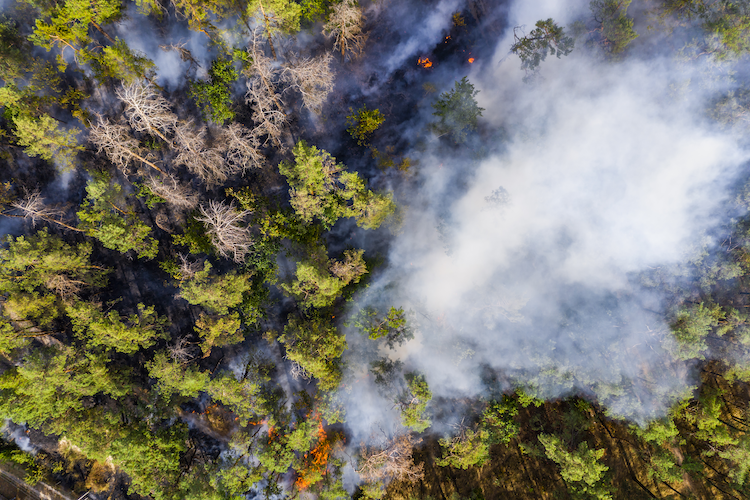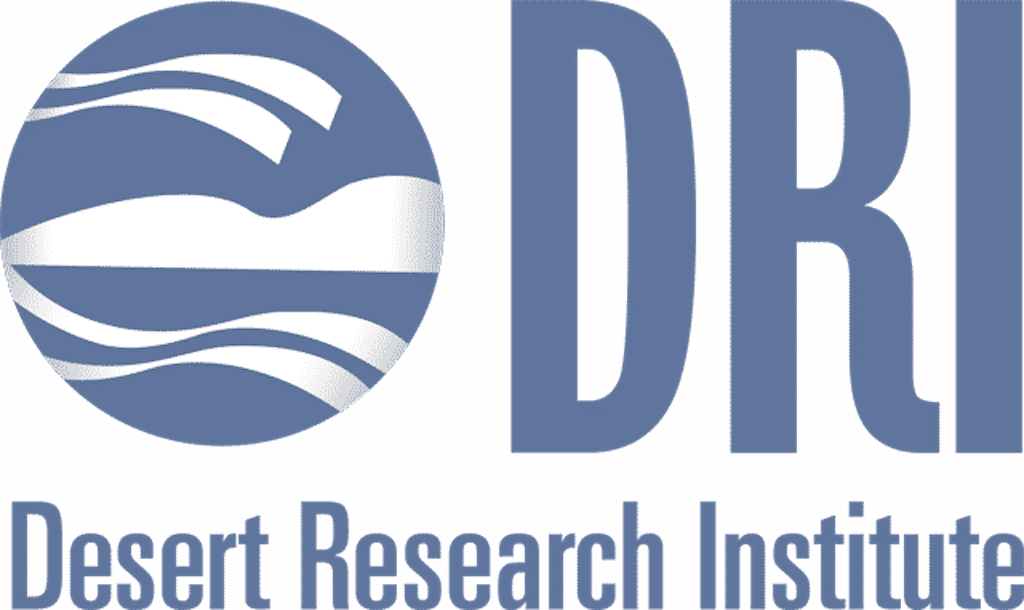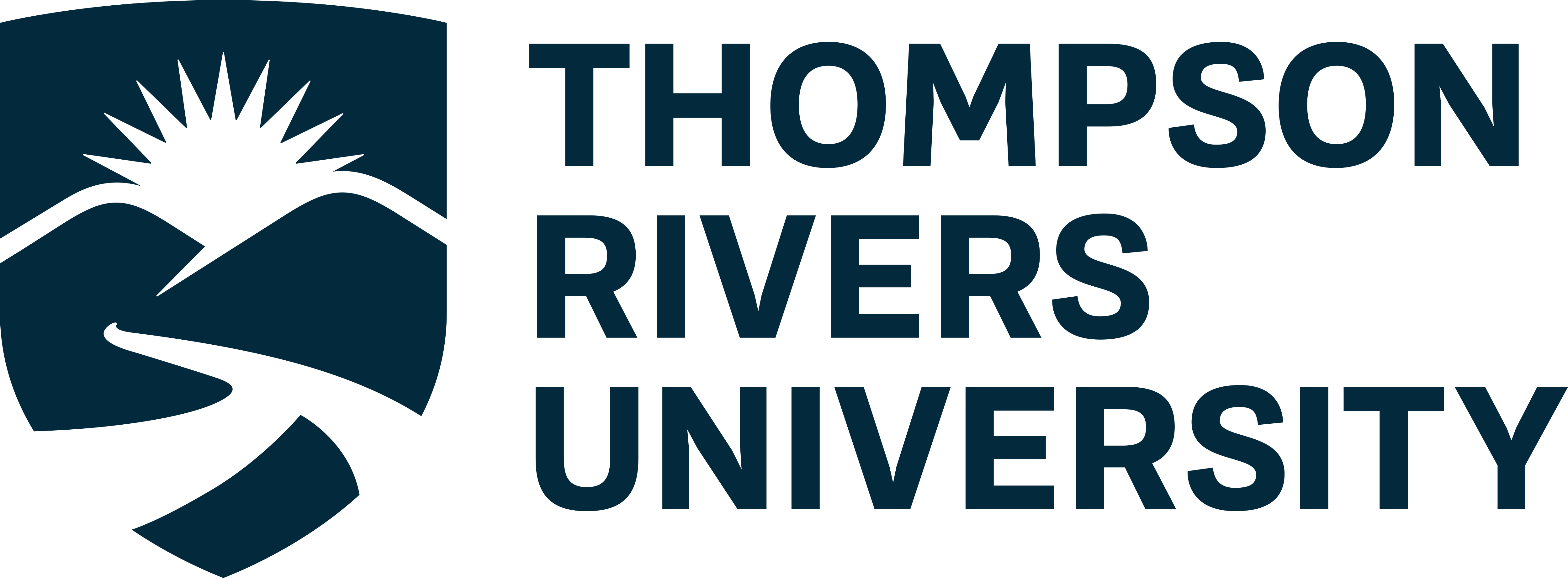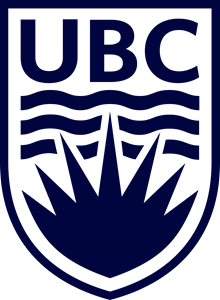
Grid resiliency measures involve understanding and mitigating negative impacts. The U.S.-Canada Center on Climate-Resilient Western Interconnected Grid leads the critical field of power grid resilience in an era of increasing challenges affecting the Western US-Canadian electrical grid. Those challenges include earthquakes, floods, and wildfires. Professor W. John Braun from UBC Okanagan recently shared his current research on analyzing wildfire spread using prediction models with the WIRED Wednesdays Seminar Series. Dr. Braun discusses his research methodologies and how their findings can safeguard the energy grid from the devastating effects of wildfires.
Background on the Research, Wildfire Risk Analysis, and Its Impact:
The difficulty in managing wildfire risk lies in predicting how fires will move. Dr. Braun is tackling this issue using cutting-edge image segmentation techniques combined with satellite and aerial imagery. These tools help identify where fires are and where they might go. Rather than relying on a single guess about the fire’s path, probabilistic models offer a range of possibilities.
Currently, Dr. Braun is focused on wildfires. His research centers on developing and refining data analytic methods. Techniques like data sharpening and smoothing are part of a broader analytical toolkit, methods designed not just for theory, for real-world application.
His latest work highlights how satellite imagery and aerial photography can be used to model how fast a fire is moving, the directions it’s spreading, and the probability of accuracy within those predictions. By creating probabilistic bands around fire forecasts, researchers can estimate the likelihood of fires reaching critical areas, offering groups like researchers, first responders, and utility companies a clearer understanding of potential threats.
“You can say with 95% probability where the fire is going to be within one to three kilometers of a particular point of interest,” said Dr. Braun.
When asked how he measures a successful outcome in research with so much uncertainty, Dr. Braun offered a thoughtful, two-part response from a short term and long term perspective.
“Well, at this stage, I view a successful outcome for my end of the research as the model making accurate predictions,” he said. “Ultimately, success will be when this is combined with everyone else’s efforts to actually reduce actual wildfire risk, when we actually can see it on the ground that wildfire risk is being reduced.”
Dr. Braun’s work in assessing fire risk is also contributing to evolving ideas around how to manage fire-prone landscapes. His research on the southwest coast has shown that traditional firebreaks, the areas where vegetation is cleared to stop fire spread, can lead to excessive drying, increasing fire risk.
“We’re thinking instead of cutting, actually enhancing with water,” he explained. “Making green fire breaks that don’t damage the environment but keep it healthy and prevent the fire from spreading.” Introducing sprinkler systems and more water into the landscapes in hopes of reducing the combustibility factor of traditional wildfire fuel.
Advice for Young Researchers and Challenges in Grid Resiliency
Dr. Braun advises young researchers to network with others as much as possible. “That is incredibly valuable. We can’t solve all these problems on our own. They’re very hard problems. But when we talk with other people, sometimes ideas come about and you start to see ways forward.”
When asked about the challenge of grid resiliency, Dr. Braun shared that an obstacle is how data is collected and measured. In his work, the goal is to first understand the scale of the variables, and from there, work toward finding real solutions. With continued development and a commitment to interdisciplinary involvement, he’s confident we’re getting closer to those solutions.





